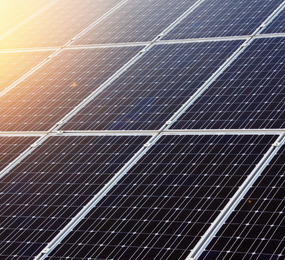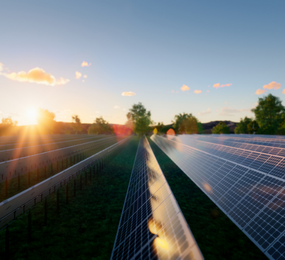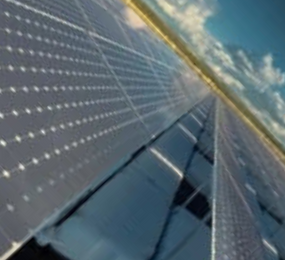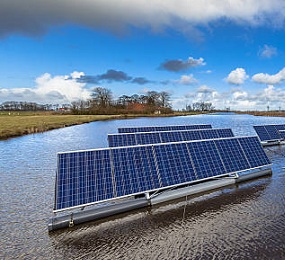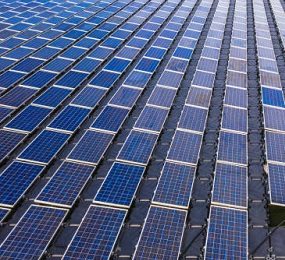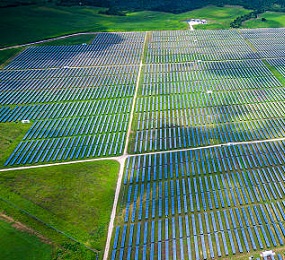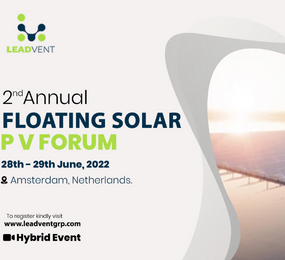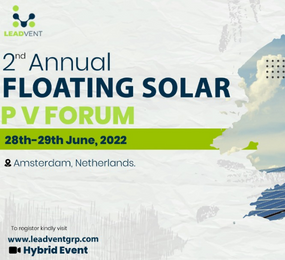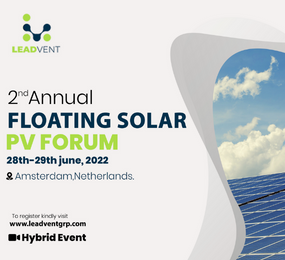Floating solar power systems are a promising alternative to conventional land-based solar power systems. Photovoltaic panels mounted on floating platforms make up floating solar power systems, which are subsequently moved to and deployed in bodies of water including lakes, reservoirs, and oceans. The installation and transportation of floating solar power systems will be covered in this article.
Transport
Because of the size and weight of the platforms, moving floating solar power systems from the manufacturer to the installation location might be challenging. The platforms can be moved either by land or by water.
The platforms of floating solar power systems are dismantled into smaller pieces that can fit onto trucks or trailers for on-land transportation. The pieces are then brought to the installation location and put back together there. Unfortunately, this approach can be time- and money-consuming, and it might not be appropriate for big platforms.
Specialised vessels tow the platforms to the installation location when carrying floating solar power systems on water. The ships may resemble barges or the vessels may be built particularly to transport the platforms. Being able to transfer larger platforms and requiring fewer handling operations, moving floating solar power systems over water is more efficient than moving them over land.
Installation
The platforms must be positioned in the water after the floating solar power system arrives at the installation location. The installation procedure can be divided into three primary steps: panel installation, cabling, and anchoring.
The platforms are fastened to the bottom of the water body during the anchoring procedure utilising mooring systems. Several anchor points, ropes or chains, and connectors are the typical components of mooring systems, which hold the platforms in place. The size of the platforms, water depth, and wave and current conditions all affect how many anchor points are used and where they are placed.
Laying wires to connect the solar panels to the grid or the shore is the cabling process. For the cables to withstand the extreme marine environment, they must be flexible, waterproof, and corrosion-resistant.
The photovoltaic panels are mounted onto the floating platforms during the panel installation procedure. Several mounting techniques, such as fixed tilt, single-axis tracking, or dual-axis tracking, can be used to attach the panels to the platforms.
In conclusion, while moving and setting up floating solar power systems can be difficult, it is an essential step in utilising this promising technology. While transporting and installing these systems, manufacturers and operators of floating solar power systems must carefully consider the size and weight of the platforms, the surrounding environment, and the installation requirements. Floating solar power systems can offer a sustainable supply of clean energy while minimising the impact on land and water resources with adequate planning, implementation, and maintenance.
To find out more details about Floating Solar: Transport and installation, join us on 27th - 28th June, 2023 for the 3rd Annual Floating Solar PV Forum, in Amsterdam Netherlands.
To register or learn more about the Forum please check here: https://bit.ly/3zVvdfN.
For more information and group participation, contact us: [email protected]


